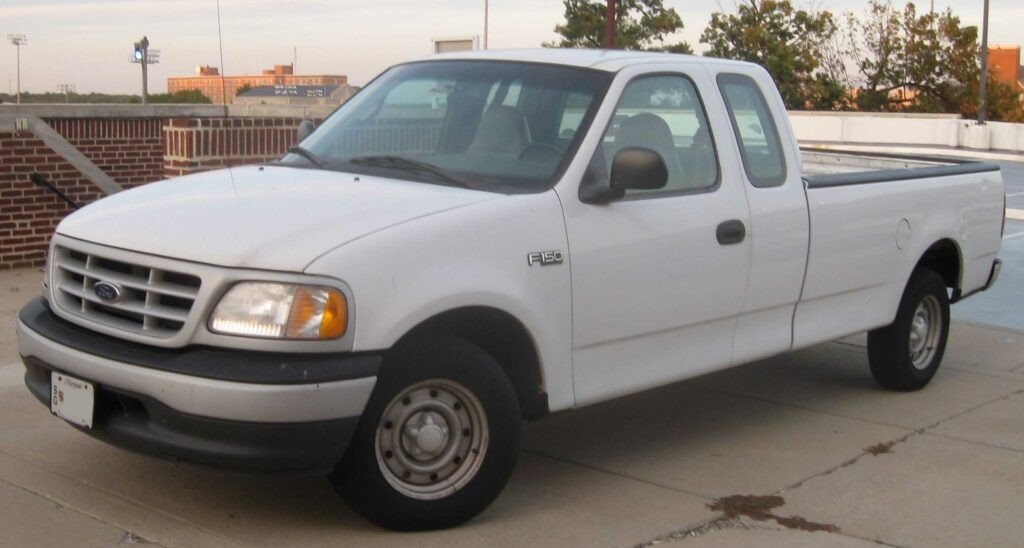This will not come as a major surprise to regular readers, as Greater Ohio has repeatedly highlighted the rising number of roadway deaths involving cyclists and pedestrians resulting from automobile crashes, but a new report in the New York Times shows that this sad trend is an anomaly worldwide, as most wealthy nations have seen a decline in deaths from such crashes at the same time the U.S. has remained stubbornly steady.
In 2021, nearly 43,000 people died on American roadways – including motorists, pedestrians, and cyclists - according to recent government estimates. The largest segment of these deaths has involved vulnerable road users – cyclists, motorcyclists, and pedestrians. And while nearly every other wealthy nation on earth experienced a sharp decline in roadway deaths across all segments in 2020, resulting from the COVID pandemic when lockdown measures resulted in the near vacancy of roadways, deaths in the United States still managed to increase by 5 percent compared to the average number of deaths between 2017 to 2019. Only Switzerland and Ireland also experienced increases, while 28 other nations reviewed experienced an average decline of 14.46 percent.
What is this startling discrepancy attributable to? Both safety advocates and government officials put the blame on two trends – a transportation system primarily designed to move cars quickly, and emphasis on vehicle design that does not consider the safety of people outside vehicles.
The article notes that in the 1990s, per capita roadway fatalities across developed countries were significantly higher than today. Nations like South Korea and Belgium had higher fatality rates than the United States. Internationally, an emphasis on safer vehicle design, including standard-issue airbags and safer car frames, helped to reduce driver/passenger deaths. But while other nations in the 2000s took additional steps to include an emphasis on safety for all mode users – lowering speed limits; constructing roundabouts that reduce dangerous intersections; constructing more protected bike lanes, and standardizing technology like automatic braking systems, back-up cameras and vehicle hood designs that are less deadly- the U.S. has been behind the rest of the world in embracing these changes, or moved in the wrong direction entirely.
Vehicles in the United States have grown bigger and deadlier in the past 25 years, and many states (including Ohio) limit the ability of local governments to set lower speed limits on roadways in their communities. Thus, while usage of alternative modes of transportation have increased in the past 25 years, so too have the number of roadway deaths for these users over the same period of time.
Ford F-150 Long Bed cir. 2000 (Photo by IFCAR)
2016 Ford F-150 Long Bed (Photo by Kevauto-CC BY-SA 4.0)
While steps have been taken recently to take modest strides towards improving transportation infrastructure for these users (the bipartisan infrastructure law requires states with at least 15 percent of roadway fatalities being vulnerable road users allocate 15 percent of their federal safety funds to improvements prioritizing those vulnerable users), this still is scant funding compared to what is invested in general roadway construction – including both new construction and ongoing maintenance – and geared mainly toward motorized vehicle travel.*
Infrastructure improvements only partially addresses the challenge. No matter how many infrastructure changes are made, vehicle design and driver behavior must also evolve. While the U.S. has mandated back-up cameras on new vehicles manufactured since 2018, additional vehicle design changes must be voluntarily embraced by manufacturers. For example, the government is unlikely to ever mandate speed limiters on vehicles, however they can be purchased and installed by private owners and could be installed by manufacturers (the government’s reluctance on this point is somewhat inconsistent because they do mandate speed limiters for vulnerable roadway devices such as electric bikes and scooters).
Reversing the United States’ troubling road death trends will require a new approach in all respects to roadway safety. Experts have pointed out what needs to be done. Now the question becomes do we have the courage to do it, or are we willing to accept higher rates of death for vulnerable road users as just a cost of doing business as usual.
*Ohio is one of the 32 states (along with Puerto Rico and the District of Columbia) which must meet this standard. This amounts to $15.08 million in FY2023 out of $100 million in Highway Safety Improvement funds, or 0.83% of the total federal allocation to Ohio ($1.81 billion in FY2023).






